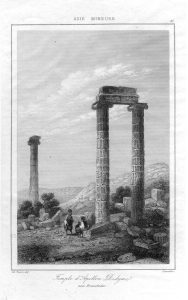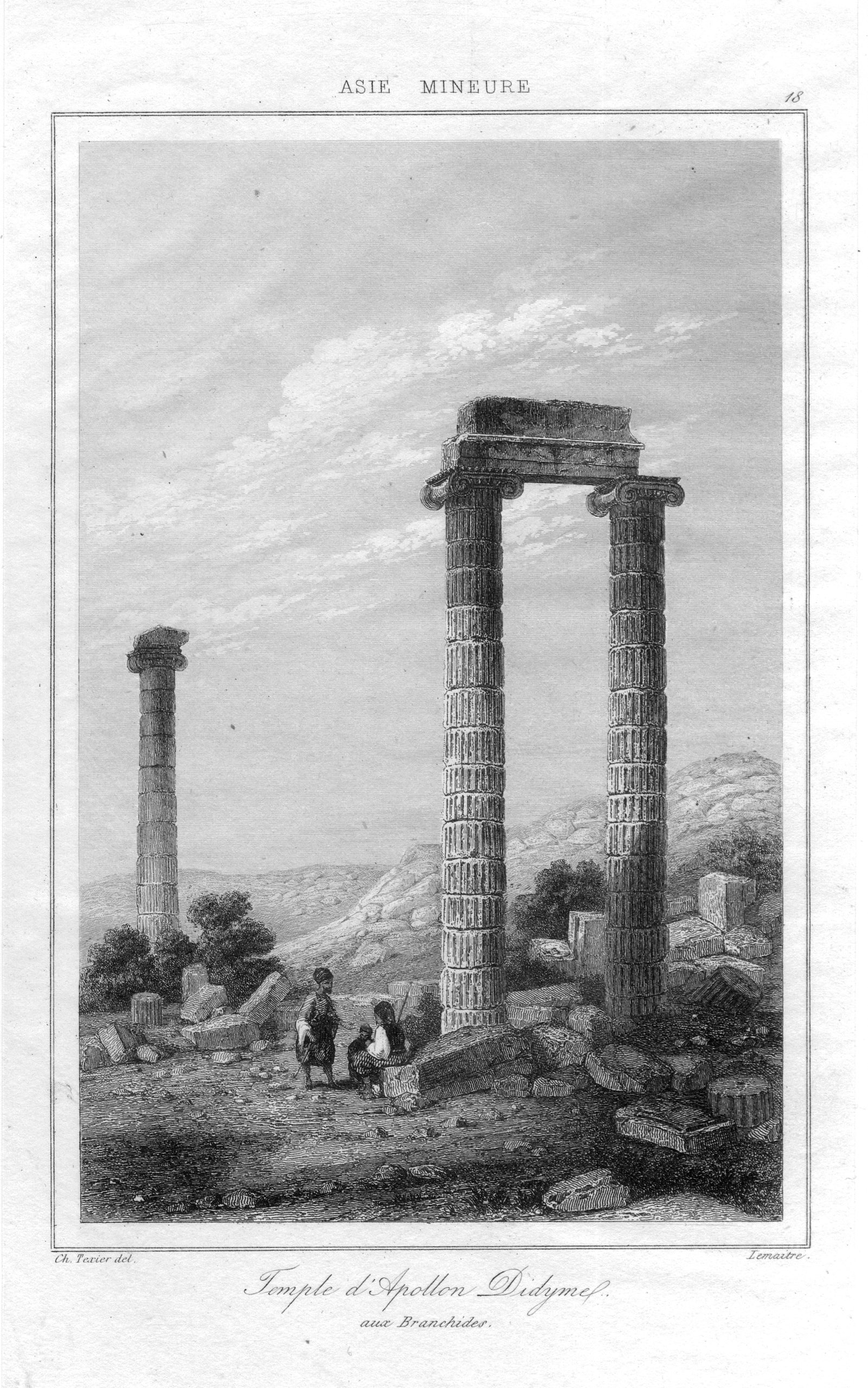Glenn Maffia reflects on the Temple of Apollo and its environs
SO the excavation trenches have been sank, though to my surprise these are concentrating upon the ‘new’ temple in the vicinity of the mosque.
I believed the archaeologists would be curious to determine the full extent, and purpose of the Hellenistic foundations beneath the Byzantine Chapel just south of the Medusa Otel.
I have already noted these mysterious stones are aligned along the same axis as the Temple of Apollo; a curiously non-conformist North-East facing direction.
The norms for ancient places of worship generally adhere to an East facing façade, from where the sun would ascend.
What is in a name?
A fascinating theory that I’ve heard is that the odd positioning could be inherent in Didyma’s name.
As I have mentioned previously, ‘didyma’ means ‘twin’ in ancient Greek (the lingua franca of that majestic epoch), though we must be careful here as prior to the Greek settlement upon these shores, during the 10th century BCE, this area was decidedly Carian, the indigenous people.

Image supplied by Ralf Ketscher
I am sure you are aware that according to ancient mythology Apollo and Artemis were twins, in Greek from the bonding of Zeus and Leto, though certainly dating much further back into Anatolian prehistory and were closely entwined with the Anatolian Mother Goddess, Cybele.
In Carian ‘didyma’ had an entirely different hue of meaning; it derived from Mount Dindymus, whose location is, needless to say at such a far removed timeframe, ambiguous; whilst many epithets to the various places of worship was that of Dindymene.
Though leaving the provenance of the name momentarily aside, I do not believe it to be too impertinent to imagine that by the time of the Archaic temple, and most certainly the later Hellenistic delight we view today, the name ‘Didyma’ would be construed as meaning ‘twin’ or ‘twins’.
Therefore, why should this name influence the peculiar North-East orientation?
Double vision
It could be conceived that this ‘twin’ symbolism held a heavy significance the more that time passed, for ‘belief’ is associated with an adapted tradition.
The theory related to me adds more of this ‘belief- based’ cause and effect. The person whom told me this could not recall the astronomer’s names, though they are modern scientists, they postulated that the North-East orientation of the Temple, and this as yet not understood structure, faced that way to point to the constellation of Gemini.
For those of you that follow that dubious assumption that human lives are controlled by the stars will be very aware that Gemini’s symbol is the ‘twins’. Gemini is Latin for ‘twins’.
The Roman’s even gave the names of two of their most illustrious mythological figures, Castor and Pollux, to the two brightest stars in that constellation. Castor and Pollux, by the way, were twins.
Belief is not evidence
Sorry, but astrology is merely another ‘belief’, without any credence of the evidence of empirical observation. It is delusional, though that is what the ancients also possessed in their supernatural imaginings.
It is certainly an interesting theory as to why the Temple has its unusual orientation, but definitely not conclusive. We need to find evidence, for that is, and will always be, the only tangible proof.
It would decidedly be yet another luminous ‘feather in their cap’ if the German archaeologists could shed some significant light onto this curious direction.
Though perhaps we do need and require some mystery to ever haunt our subconscious. I personally enjoy viewing the Temple within that aura of the unknown. While in that case, a curious alienation is infinitely preferable.
